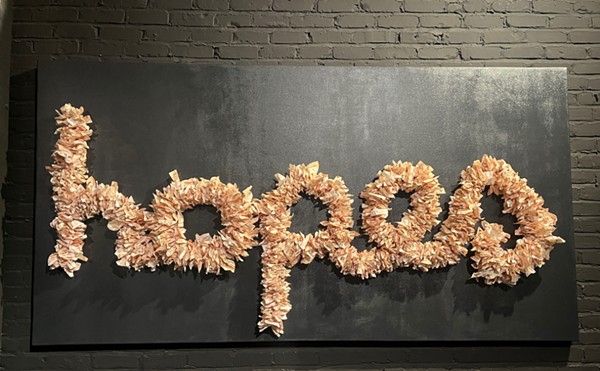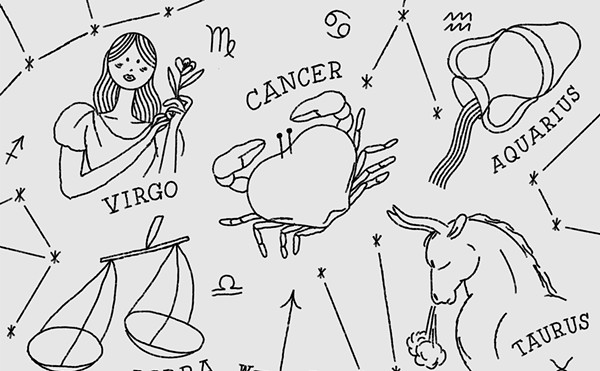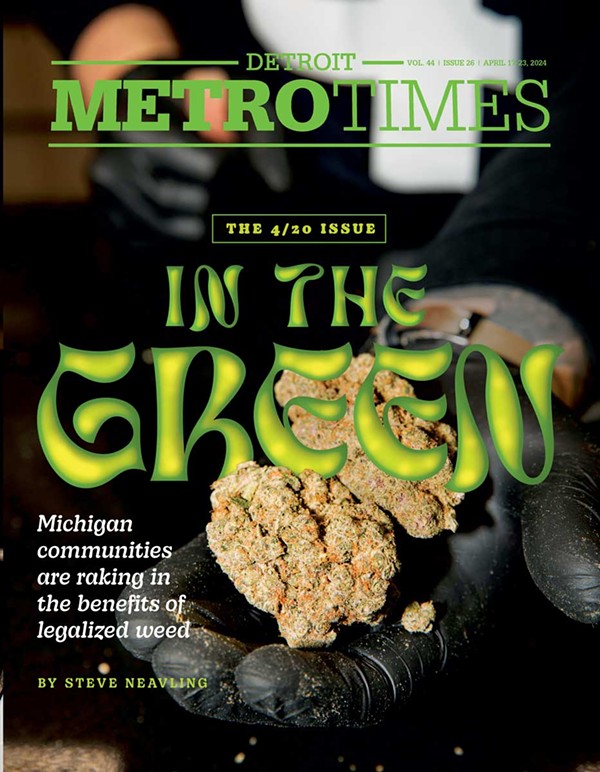Within the first few pages of music journalist David Browne's Sonic Youth retrospective, each member of the quartet — lanky, wide-eyed guitarist Thurston Moore, withdrawn bassist Kim Gordon, intense guitarist Lee Ranaldo, and steady drumhand Steve Shelley — is characterized, one way or another, as "determined"' Whether or not Browne intended to hammer home the point, it's an apt description.
Drawn from various parts of the United States to New York City's late 1970s, early 1980s art-punk, no-wave scene, Sonic Youth coalesced in a gritty, transgressive atmosphere. They were just one among dozens of harsh, raw acts seeking to make a splash in a decaying urban landscape strewn with crack vials and used needles.
"The music inside was foreboding and inexplicable even by indie rock standards," Browne writes, recalling the impact 1985's Bad Moon Rising made on him the first time he heard it. "Intentionally or not, the guitars sounded out of tune; the singing wasn't straightforward, either. Every once in a while, a melody would lurch out, as if seeking to reassure me that everything would be OK. But then the rattling, suffocating intensity of it all would reassert itself."
That Sonic Youth have been together for a quarter-century, kicking up off-tune dins, bile-black noise and spacious drones, is a testament to the band's collective belief in the importance of its mission to celebrate underground culture and bring it to the masses. They've weathered internal squabbles, minor-label hell, major-label bullshit, and Nirvana-mania to emerge as art-rock's Grateful Dead, gracious elders who'd never nab a gold or platinum plaque but wound up with a curious consolation prize: an excess of indie cred.
Despite the chaotic nature of Sonic Youth's music, theirs isn't a Behind the Music cautionary tale: no drug overdoses, no tabloid embarrassments, no paparazzi punch-outs, no throwdowns over royalties. Nonetheless, Browne's narrative brings drama to its telling by treating every bump in the road or milestone like a climax and floating the sense that their ascension to godhead heights was anything but inevitable. If Moore and performance-art provocateur Lydia Lunch met a few weeks before Moore and Gordon did, he implies, history might have been very different; if Blast First's Paul Smith hadn't expressed interest in signing the band early on, they might've given up, like so many of their contemporaries; if Sonic Youth hadn't befriended and championed Nirvana, the label likely wouldn't have let them get away with murder, artistically speaking.
Fresh interviews with the band, friends, associates and assorted hangers-on (including Mike Kelley, Julie Cafrez, Dave Markey and Ray Farrell) help crystallize the mood of every period under discussion. Browne's willingness to probe every facet of every member's activities and proclivities adds an extra dimension, turning Goodbye 20th Century into an exercise in minutiae. For example, Gordon's involvement with side project Free Kitten bolstered her guitar-skills confidence; as a result, Sonic Youth releases from Washing Machine onward featured three guitarists rather than two, forever altering and enriching the band's melodic rue and leading Shelley to become a more versatile drummer. By diligently hitting all the angles — there's plenty of regret about their various decisions over the years — Browne comprehensively captures Sonic Youth's unorthodox legend in full.
Raymond Cummings is a freelance writer for Metro Times. Send comments to [email protected].





